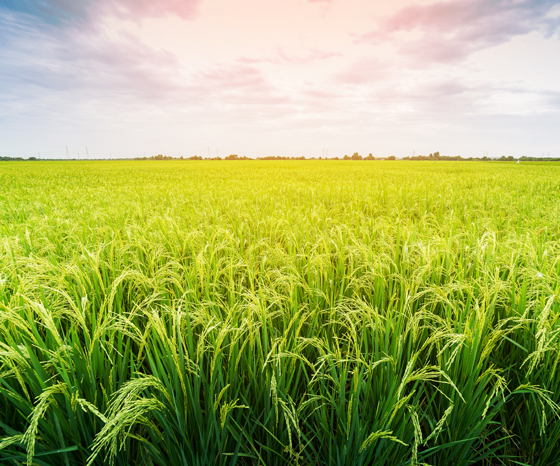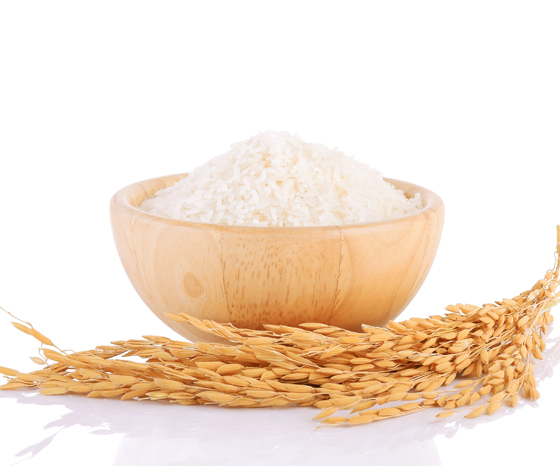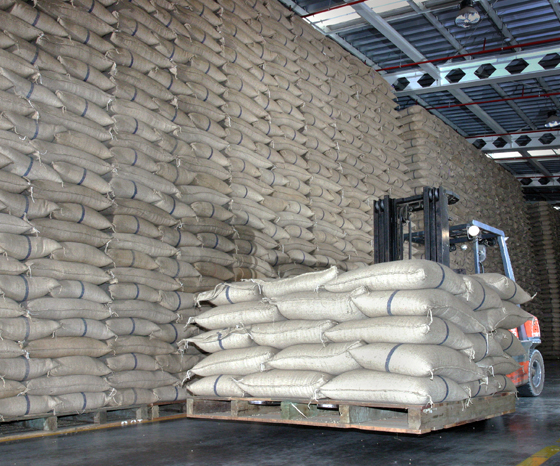Africa remains the only region yet to experience a “Green Revolution”, hence creates a big opportunity for Investment
Through the apparently good years of the commodity supercycle, most African economies grew rapidly, providing fuel for the popular “Africa Rising” narrative. However, since the mid-2014 oil price shock, GDP growth for Africa as a whole has dropped dramatically. The slump in oil prices had very negative implications for many African economies, as well as for many companies that had invested in them. But some regions have coped much better than others. The continent’s new normal is now a multi-speed Africa where some regions and economies are thriving while others are struggling.
Thanks to the relative success of some regions in Africa the continent has managed to outperform other commodity-dependent emerging markets recording average real GDP growth of 3.1% per annum. The economies that have actively promoted export diversification are now leading the way, with East Africa projected to continue showing strong growth in coming years.
The growth potential in the continent’s food sector, currently provides a considerable agricultural investment opportunities in some countries. Given the continent’s rising income levels and its large and rapidly growing population, food demand is expected to soar in the medium term, creating new growth opportunities for producers in the sector. By 2030, 20% of the world’s population is expected to be in Africa.


